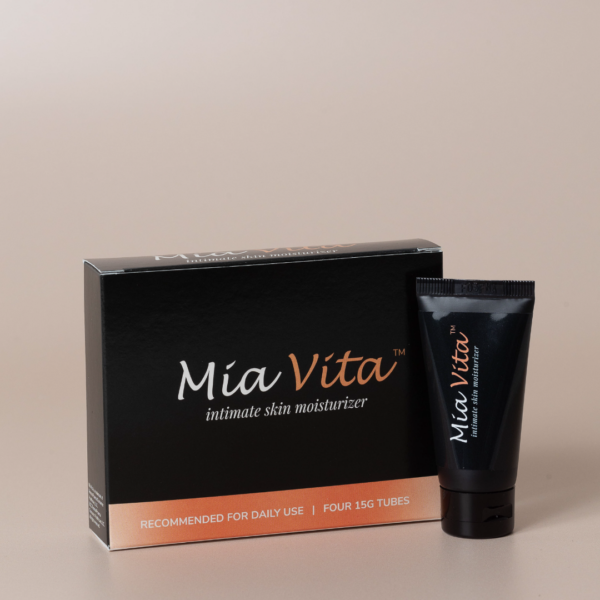
Each May, we celebrate National Women’s Health Awareness Month by empowering and educating women about the complexity of their bodies. Women’s bodies go through unique, distinct phases, from menarche to menopause. Yet few women fully understand each phase and related health conditions, and how they can impact their health and wellbeing.
Take, for instance, type 2 diabetes, osteoarthritis, and heart disease. Each poses a greater risk to women’s health than men’s, yet women continue to live longer than men and in poorer health. That’s why we must take time to understand the current state of women’s health. We must also consider what the future holds, and what we can do now to better care for our unique health needs.
What to Know about Gaps in Women’s Health
Significant gaps in understanding women’s health persist, often in large part because we live in a male-dominated society. Though we could list myriad examples, we chose to highlight three that exemplify the impact of such underrepresentation.
The Pain Gap
Studies examining how men and women express pain and how providers interpret expressions of pain found that gender bias pervades many exam rooms. More women experience chronic pain than men, including pelvic pain and period pain. Yet, all too often, people minimize or underestimate women’s pain or qualify women as simply more “sensitive.”
A result? Many women feel the need to find alternative, sometimes detrimental, ways to cope or endure high levels of pain to carry out their regular routines.
The Research Gap
One of the more significant shortcomings of women’s health revolves around research. Since most pregnant women have been excluded from clinical trials since the 1970s and only in 1993 was it made law to include women, much of the existing research centers on men’s bodies.
Furthermore, key transitions in women’s health are often left out of studies, such as how menopause relates to age-related diseases and how pregnancy can affect a woman’s health long-term.
The Racial Bias Gap
Racial biases also persist for many women seeking healthcare. A research team that evaluated 15 studies found that “most healthcare providers appear to have implicit bias in terms of […] negative attitudes toward people of color.” To provide one example, the Black maternal mortality rate, which, as of 2021, was 2.6 times higher than the rate for non-Hispanic white women. Women of color are also often left out of research studies at higher rates than white women. This “contributes to health inequities and social injustice.”
How We’re Closing Gaps in Women’s Health
However, individuals, organizations, and corporations are directing more attention to women’s health—particularly over the last couple of years—which raises our hope for the future.
Increasing Funding Toward Women’s Health
Jill Biden, the First Lady of the United States, announced a brand-new White House Initiative on Women’s Health Research in November 2023. Its goal? To fund more research dedicated to closing these health gaps. Such as research on “diseases and conditions that only affect women like endometriosis, disproportionately affect women, and that affect women and men differently, like heart disease.”
Reporting on the Economic Impact of Prioritizing Women’s Health
Corporations and consulting firms, like the McKinsey Health Institute, continue to compile compelling data that calls attention to the economic gaps we could close were more invested in women’s health. One McKinsey report estimated that such a focus could “potentially boost the global economy by $1 trillion annually by 2040.”
Not total, but annually.
Making Menopause Solutions Mainstream
Similar research about the menopause transition highlights the number of women who step down at the height of their careers due to unmanageable menopause symptoms. Drs. Mache and Sharon Seibel’s book Working Through Menopause: The Impact on Women, Businesses, and the Bottom Line provides overwhelming evidence about the potential impact women could make on businesses (and the economy) were their menopause symptoms viewed as a “workplace issue, not just a woman’s issue.”
We do see companies making meaningful changes, such as “offering a specialized menopause benefit” and other forms of menopause support, of which participants have increased from 4% in 2022 to 15% as of October 2023. TIME Magazine even picked up on the trend earlier this year, publishing an article about menopause solutions’ rise in popularity and the plethora of new companies entering the menopause space.
Prioritize Your Health During Women’s Health Awareness Month
Changing the women’s health landscape on such large scales takes time and effort, and though such shifts are well on their way, it’s equally important to focus on what we can do now, in the present, to prioritize our health.
What Can Be Done?
One of the best things you can do to stay on top of your health needs is to make (and keep) annual wellness exam appointments. Your provider can answer questions, request labs, and compare your results with prior visits to stay on top of early signs and symptoms of conditions primarily affecting women.
Focus on developing a healthy lifestyle. Do your best to eat a healthy diet full of whole foods, colorful vegetables, fiber, and sufficient protein. Exercise also helps build and maintain muscle, which declines with age.
Healthcare providers also recommend certain screenings for women at various ages and stages of life, such as breast cancer screenings, pap smears (for cervical cancer), and colonoscopies (for colon cancer). Make sure to ask your provider when you should start regular screenings.
Women deserve to live full, healthy lives—for all of our lives. We know that sometimes we cannot control certain health outcomes, be it genetics or a diagnosis, but the fact of the matter stands that women’s health has been overlooked, understudied, and censored for too long.
When you take time to educate yourself about and take charge of your body, you inspire other women to do the same. And that’s how we can collectively help turn the tide for women’s health.
FemmePharma has been helping women navigate menopause for over two decades. No matter where you are in your journey, you deserve to have knowledgeable, intimate healthcare partners to help you feel your best. Explore our other articles, podcast episodes with women’s health experts, and products to ease your transition into menopause.


